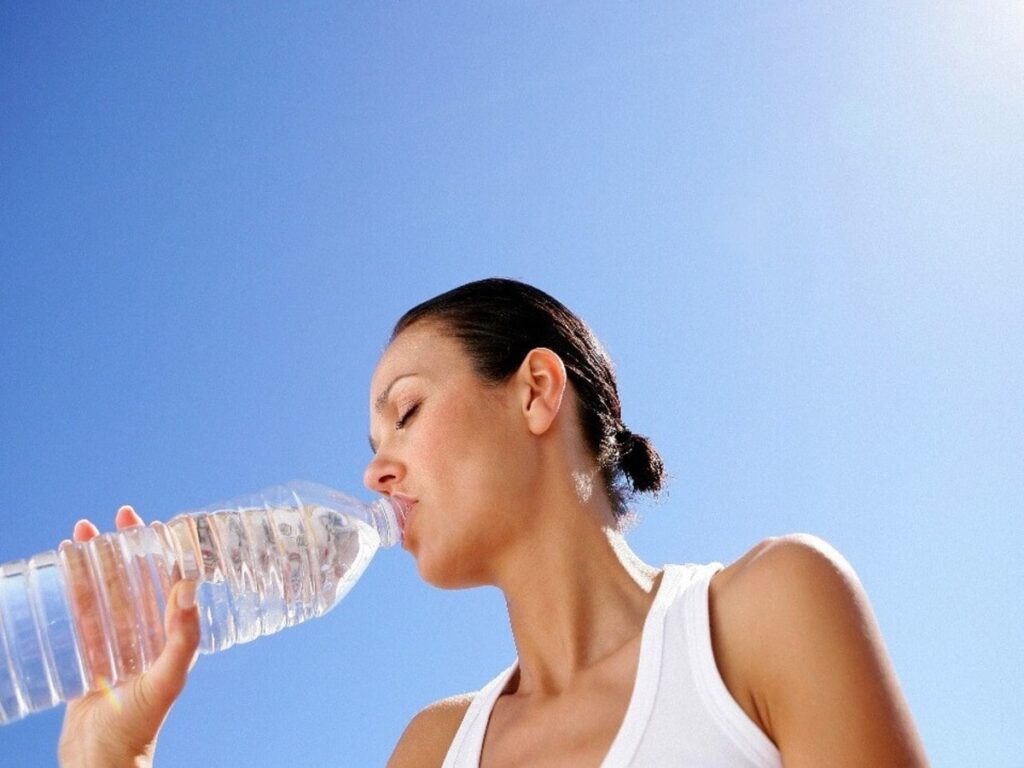Drinking water directly from a bottle is a common practice for many people, especially for those on the go. However, this seemingly simple habit can lead to several side effects that may impact your health. In this article, we will explore the potential drawbacks of drinking water from a bottle, along with the proper techniques for hydration. Understanding these aspects can help you make healthier choices.
Side Effects of Drinking Water from a Bottle
While drinking water from a bottle might seem harmless, there are several side effects that could arise from this habit:
1. Bacterial Contamination
One of the primary concerns with drinking water directly from a bottle is the potential for bacterial growth. The inside of a bottle can harbor germs, especially if it is not cleaned regularly. When you put your mouth on the bottle, bacteria from your mouth can be transferred to the water, leading to illness.
2. Poor Hydration Practices
Drinking from a bottle often encourages quick sips, which may lead to inadequate hydration. It is essential to sip water slowly to allow your body to absorb it better. Rapid consumption may overwhelm your kidneys, leading to dehydration symptoms even after drinking water.
3. Environmental Impact
Using single-use plastic bottles contributes significantly to environmental pollution. Even if you use reusable bottles, improper cleaning can lead to contamination, ensuring that health risks persist. Opting for filtered tap water in reusable bottles can minimize waste and help in environmental conservation.
Proper Techniques for Drinking Water
To maximize the benefits of hydration while minimizing potential risks, consider the following techniques:
1. Use a Straw
Using a straw can help reduce the chance of contamination, as it minimizes the contact between your mouth and the bottle’s opening. Additionally, it promotes slower sips, enhancing hydration.
2. Clean Your Bottles Regularly
Ensure that you clean your water bottles daily, especially if they are made of plastic. Use a mixture of vinegar and baking soda or a mild soap solution to kill any bacteria present in the bottle.
3. Monitor Your Hydration
Instead of relying solely on bottles, maintain a hydration schedule. Aim to drink a certain amount of water at regular intervals throughout the day rather than consuming large quantities at once. Keeping track of your hydration levels can help you stay healthy.
| Technique | Description |
|---|---|
| Use a Straw | Reduces contact and promotes controlled drinking. |
| Clean Regularly | Prevents bacterial growth and contamination. |
| Hydration Monitoring | Helps maintain consistent fluid intake throughout the day. |
Conclusion
While drinking water directly from a bottle may appear convenient, it is crucial to be aware of the potential side effects associated with this habit. By understanding the risks and implementing better hydration techniques, you can improve your water intake while promoting overall health and well-being. Take the time to rethink your drinking habits and embrace healthier practices for hydration.
